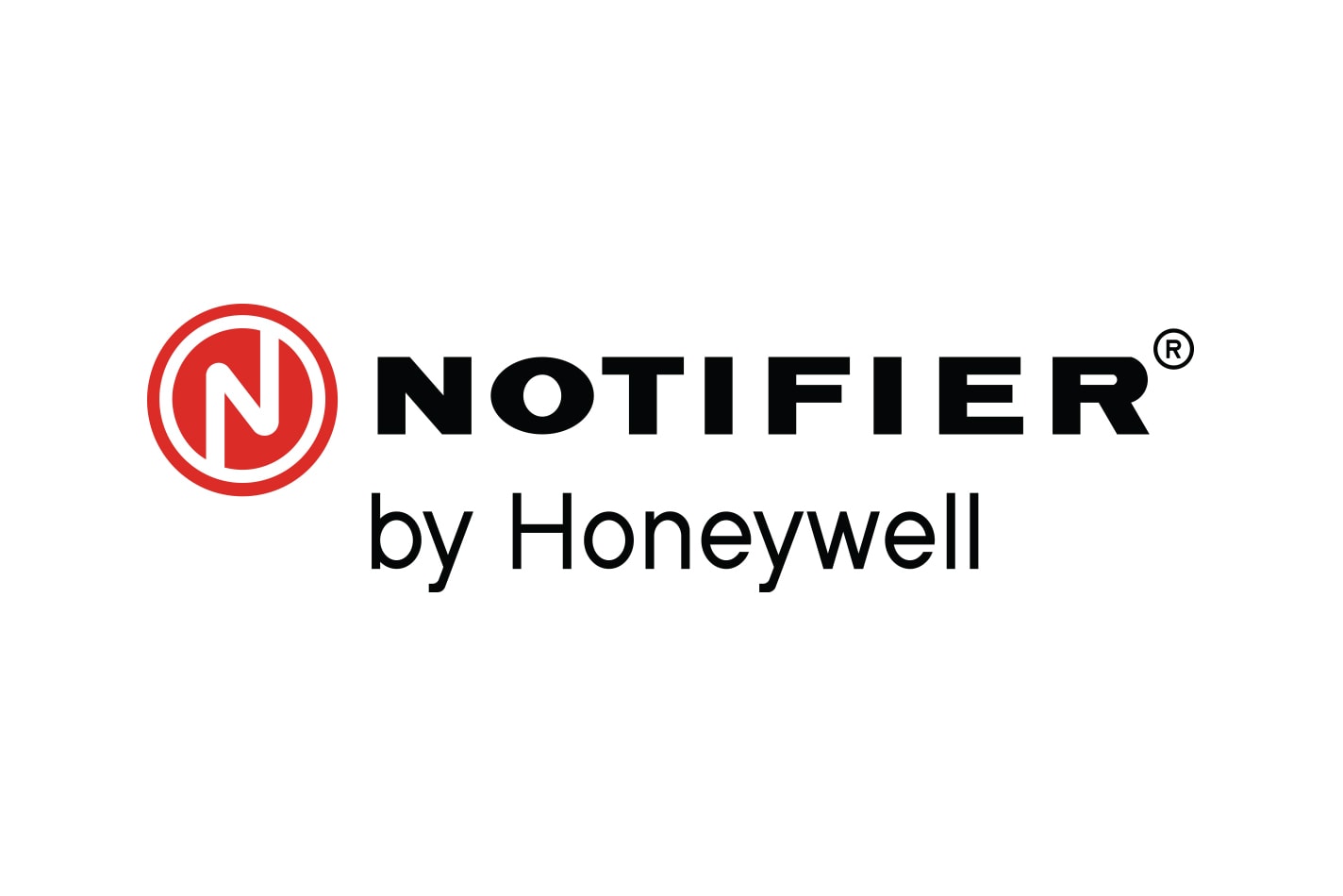NOTIFIER prescribes the perfect fire detection solution for specialist NHS unit.
Fire detection technology from NOTIFIER by Honeywell has been installed to protect patients, staff and visitors at Sussex's pioneering purpose built medium secure NHS unit.
Opened in 2012 at a cost of £15m, Sussex boasts one of the UK's state-of-the-art purpose built units for people aged over 18 with mental health problems. Operated by Sussex Partnership NHS Foundation Trust, it has a number of specialist wards to assess and manage patients in a safe and secure environment.
Based in Brighton, Sovereign Alarms Limited has been keeping its clients safe and secure since 1989, and won the initial tender to fit the fire detection system at this specialist unit. Matt Gillam, the company's Contracts Manager, comments, ‘We are experts in the fields of fire alarms, intruder alarms, emergency lighting, CCTV, access control, fire extinguishers and fire risk assessments and are proud of our customer focused approach. Having worked across the south of England and beyond we were invited to put forward our proposal, which was based around the installation, commissioning and ongoing maintenance of a life safety system that combined state-of-the-art fire detection with minimal potential for unwanted alarms. For that we chose a system from NOTIFIER.'
Aims and objectives
The system had to comply with Health Technical Memorandum (HTM) 05-02 - Guidance in support of functional provisions (Fire safety in the design of healthcare premises). Its aim is to ensure that everyone concerned with the management, design, procurement and use of a healthcare facility understands the requirements of fire safety in order to ensure optimum safety for all who are present in the building.
Matt Gillam states, ‘While not intended to cover every possible scenario, the standards and principles HTM 05-02 advocates recognise that fire safety in healthcare premises is dependent on the interaction between physical fire precautions, the dependency of the patient, the fire hazards and the availability of sufficient and appropriately trained staff to safely evacuate patients in a fire emergency.'
Under control
The focal points of the installation are six NOTIFIER ID3000 control panels, which can accommodate between two and eight addressable loops, with each loop supporting up to 198 devices with a total of up to 255 zones per panel. Its modular design allows for a wide range of applications, facilitating easy installation and servicing whilst making it simple to meet the requirements of a particular application. The ID3000's large EN 54 compliant LCD screen, which provides easy to read and understand messages, gives designated personnel a consistent interface for all monitored equipment.
Mick Bull, Business Manager at NOTIFIER, explains, ‘ID3000 sets the standard in areas such as functionality, flexibility, user friendliness and reliability. Its modular design offers a technically sophisticated range of facilities and functions whilst remaining easy to install, program and operate. Furthermore, devices can be programmed to compensate for the differences in the use of areas where detection devices are utilised. A total of nine different sensitivity levels can be assigned to individual smoke sensors, thereby allowing Sovereign Alarms Limited to closely match the sensor's response to the particular environment in which the device is located.'
Linked to the ID3000 control panels are a number of NOTIFIER's Opal photoelectric smoke detectors, which are sited in all areas except the kitchen. With a cutting edge chamber design, these optical smoke detectors deliver excellent responsiveness and reduce sensitivity changes caused by settling dust and reduced unwanted alarms. The plug-in unit uses sophisticated processing circuitry that incorporates smoothing filters to help eliminate transient environmental noise conditions that can be the cause of unwanted alarms. The devices are managed by embedded software running complex algorithms that improve resilience and detection speed. The heat detectors located in the kitchens use thermistor and microprocessor technology to provide an alarm when the rate of rise in temperature exceeds 10°C per minute, or if the temperature exceeds a threshold of 58°C.
Safety first
Since its installation the NOTIFIER fire detection system has proven to be totally reliable and Peter Wright, Fire Safety Manager at Sussex Partnership NHS Foundation Trust, concludes, ‘The protection of vulnerable people is something that we take incredibly seriously. Therefore, we need to know that our life safety infrastructure will perform as required and keep people on the premises safe at all times. I am very impressed with the quality of Notifier's technology and this, combined with the skills and expertise of Sovereign Alarms Limited, gives me total peace of mind.'
